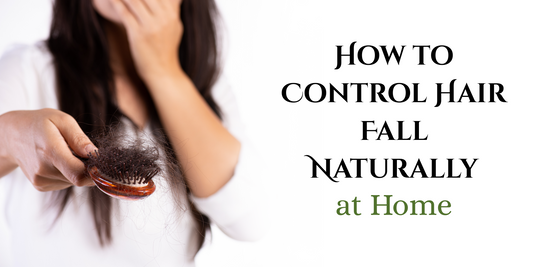How Common is it?
of Indian men experience patchy beard
of men struggle with slow or delayed beard growth
of men experience beard growth issues due to hormonal imbalances
of men attribute their patchy beards to genetic factors
Want to find out more? We worked with our doctors to create this Ultimate Guide to PB
×
Patchy Beard: Causes, Symptoms, and Treatment
A patchy beard can be a source of frustration for many men striving for a full and even facial hair appearance. Understanding the causes and exploring effective treatments can help manage and improve this condition.What is a Patchy Beard?
A patchy beard refers to an uneven distribution of facial hair, resulting in sparse or missing patches in certain areas. This can occur in various styles of facial hair, including mustaches, goatees, and full beards. While not uncommon, a patchy beard can affect self-esteem and perceptions of masculinity.Types of Patchy Beard
Patchy beards can vary based on their pattern and causes:Genetic Patchiness:
Some men may inherit the tendency for patchy facial hair from their family. Genetics play a significant role in determining beard density and growth patterns.Hormonal Patchiness:
Hormonal imbalances, particularly involving testosterone, can lead to uneven beard growth.How Common is Patchy Beard?
Patchy beards are relatively common, especially among younger men. Studies indicate that many men will experience some form of uneven facial hair growth at some point in their lives.Causes of Patchy Beard
Several factors can contribute to a patchy beard, including:- Genetics: Family history plays a crucial role in beard growth patterns.
- Hormonal changes: Testosterone levels significantly affect hair growth.
- Skin conditions: Issues like eczema or psoriasis can impact hair follicles.
- Inadequate grooming: Poor grooming habits may lead to uneven growth.
- Nutritional deficiencies: Lack of essential vitamins and minerals can hinder hair growth.
Symptoms and Complications Associated with Patchy Beard
The primary symptom of a patchy beard is the uneven appearance of facial hair. Additional considerations include:- Self-consciousness: Men may feel insecure about their appearance.
- Social stigma: Societal perceptions can affect confidence and self-image.
Patchy Beard Diagnosis
Diagnosing a patchy beard typically involves a visual examination of facial hair. A healthcare provider may inquire about your medical history, family history, and grooming habits. Additional assessments may include:- Hormonal tests to evaluate testosterone levels.
- Skin examinations to rule out underlying conditions affecting hair growth.
Treatment for Patchy Beard
While there is no guaranteed cure for a patchy beard, various treatments and lifestyle changes may help improve the condition: Minoxidil: Some men find that topical minoxidil can promote hair growth in sparse areas. Beard oils and balms: Using nourishing oils can help condition the hair and skin, promoting healthier growth. Supplements: Taking vitamins like biotin and folic acid may help improve hair health.Prevention of Patchy Beard
While not all cases of patchy beard can be prevented, certain measures may help reduce the risk:- Maintain a balanced diet rich in vitamins and minerals.
- Adopt good grooming habits to encourage even growth.
- Manage stress levels through relaxation techniques.
- Consult with a healthcare provider if hormonal issues are suspected.





